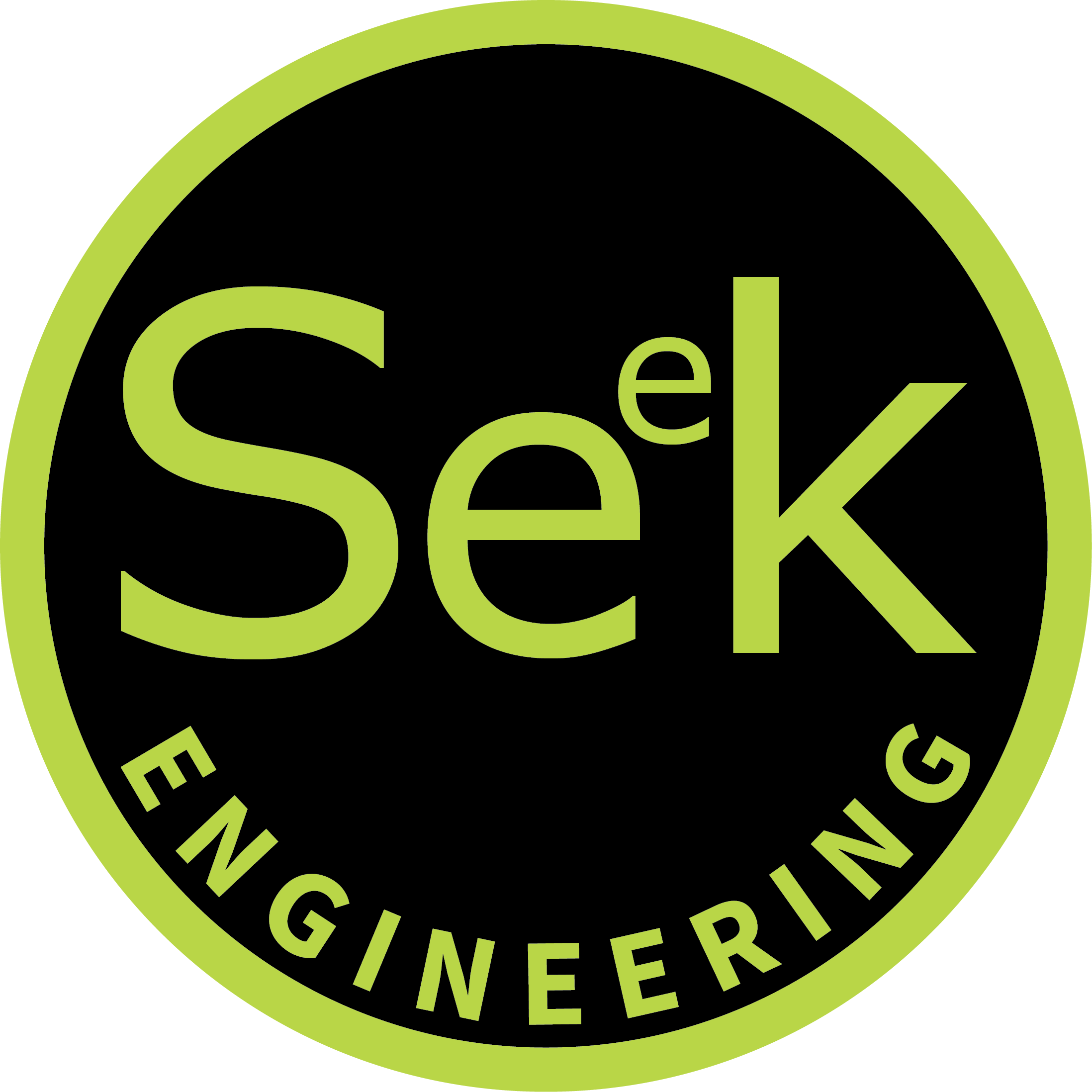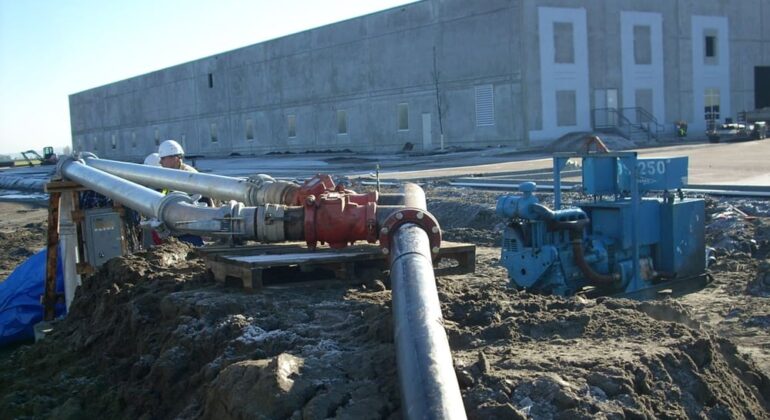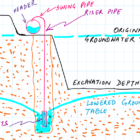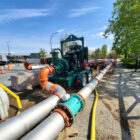The existing infrastructure (such as sewer lines, pump stations, and manufacturing plants) in major cities is getting old. To maintain and upgrade the existing infrastructure, construction companies complete the process of sewer bypass requiring pumps and generators. It is extremely important that sewer bypass designs meet municipal, provincial, and federal bylaws. This is where SEEK ENGINEERING helps. Typically, sewer bypass pumping will be placed for new construction, lift station repair, re-line existing pipelines, lift station malfunctioning, broken gravity line, force main rupture, tie-ins, or a combination of these factors. Sewer bypass design implementation must be handled by Professional Engineers.
How Sewer bypass requirements
Sewer bypass requirements must be well understood before the selection and recommendation of the pumping equipment. This includes flows (min and max), TDH (total dynamic head), suction lift, NPSH (Net Positive Suction Head Required and Available), and various other factors. Professional Engineers practicing in the field of pumping and hydraulics have the knowledge and expertise to design sewer bypasses while reducing environmental impacts. The choice of pumps used is dependent on the application but is not limited to diesel or electric-driven dry-prime pumps, electric trash submersibles, hydraulic submersibles, diaphragm pumps, or end suction centrifugal pumps. In addition, it is important to provide Standard Operating Procedures (SOP), Monitoring Procedures, and Emergency Planning for sewer bypass projects. Some of the monitoring procedures would include remote monitoring, automatic start-stop, fuel consumption, and HDPE pipe fusion data.




